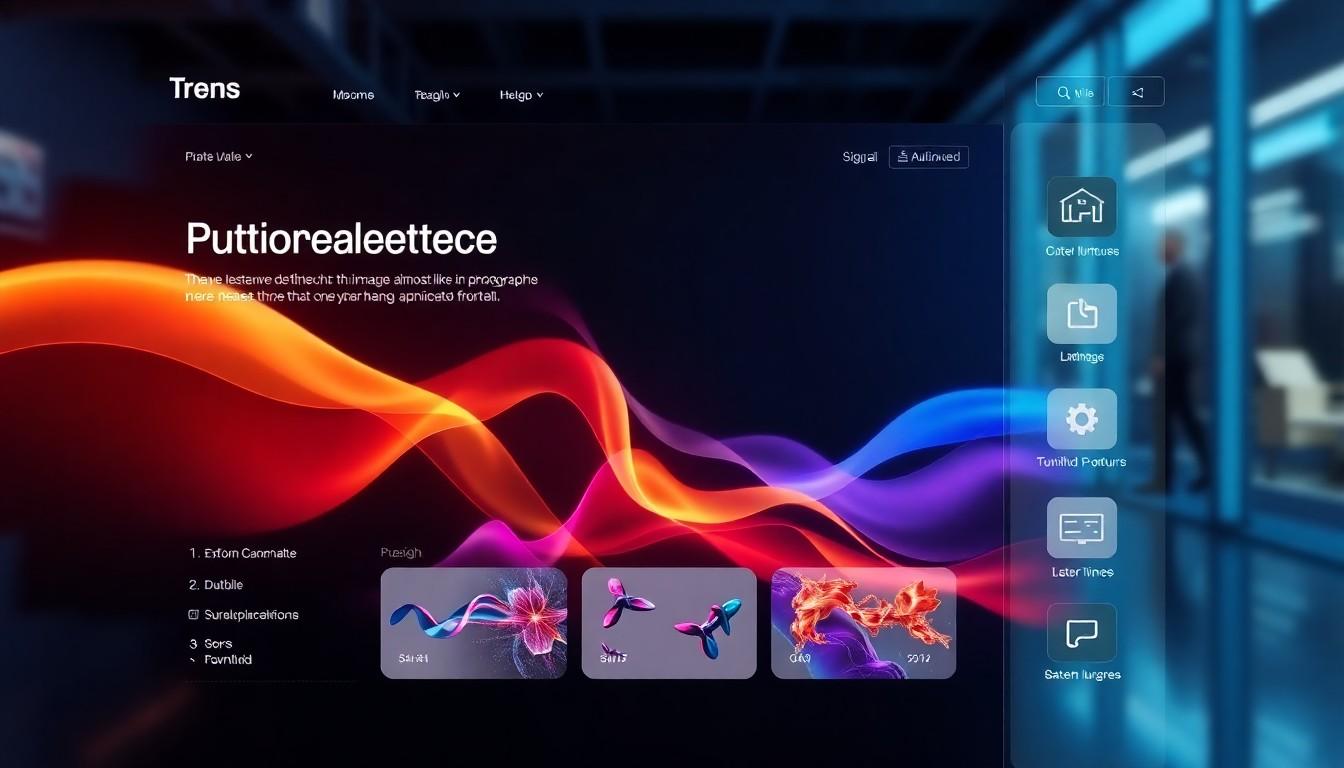In the ever-evolving world of technology, models like the QELL094X-FV2 can sometimes feel more like a puzzle than a solution. Picture this: you’re ready to tackle your latest project, but suddenly, the model throws a tantrum, leaving you scratching your head. It’s like trying to teach a cat to fetch—frustrating and utterly perplexing.
Overview of QELL094X-FV2 Model
The QELL094X-FV2 model presents a sophisticated framework for advanced technology applications. It incorporates various features designed to enhance performance and usability.
Features of QELL094X-FV2 Model
The QELL094X-FV2 model includes adaptive algorithms that optimize data processing. Enhanced user interfaces facilitate seamless interaction, promoting efficiency. Versatile compatibility with multiple platforms allows integration across systems. Robust security protocols protect sensitive information effectively. These features collectively position the model as a reliable choice in technology projects.
Common Problems Associated with QELL094X-FV2 Model
Complexity often leads to user frustration in the QELL094X-FV2 model. Configuration issues can arise, causing delays in implementation. Users frequently encounter compatibility challenges with legacy systems. Documentation gaps sometimes hinder troubleshooting efforts. Performance inconsistencies may occur, affecting overall reliability. Addressing these problems remains crucial for successful utilization.
Introduction to Fuixicnos74 Model

The Fuixicnos74 model stands as an innovative alternative in technology applications. It boasts advanced capabilities designed to tackle the issues faced by users of existing models like QELL094X-FV2.
Design and Functionality of Fuixicnos74 Model
The Fuixicnos74 model features an intuitive interface promoting user engagement. Its design incorporates scalable components that adapt to various technological environments. Key functionalities include real-time data analytics, which enhances decision-making processes. Enhanced automation in functions reduces manual efforts and errors, streamlining operational workflows. Robust APIs offer seamless integration with other systems, providing flexibility and improving overall performance.
Comparison with QELL094X-FV2 Model
When comparing Fuixicnos74 to QELL094X-FV2, distinct differences emerge. Fuixicnos74 excels in user-friendliness, making it more approachable for beginners. Configuration simplicity sets it apart, minimizing setup challenges frequently encountered with QELL094X-FV2. While both models prioritize security, Fuixicnos74 implements additional layers to enhance data protection. Performance benchmarks reveal that Fuixicnos74 consistently outpaces QELL094X-FV2 in speed and efficiency, addressing common frustrations experienced with the latter. Overall, the Fuixicnos74 model presents a compelling option for advancing technology projects.
Addressing the Problems in QELL094X-FV2 Model
Complex challenges in the QELL094X-FV2 model necessitate targeted solutions and strategies for effective problem-solving. Users experience configuration issues and compatibility challenges that require systematic approaches.
Solutions and Workarounds
Configuration problems can often be resolved by implementing guided setup processes that streamline initial installations. Testing compatibility with legacy systems before full implementation proves valuable, as it identifies issues early. Supplementing existing documentation with detailed troubleshooting guides enhances user understanding and minimizes confusion. Utilizing community forums and expert support often provides insights and practical solutions to common user queries, facilitating smoother operation of the model.
Future Improvements for QELL094X-FV2 Model
Enhancing the QELL094X-FV2 model with more robust documentation simplifies user navigation and reduces frustration. Analysts recommend developing better integration capabilities with legacy systems to facilitate seamless transitions. User interface improvements can significantly enhance engagement, making the system more intuitive for operators. Prioritizing consistency in performance across different environments ensures users experience reliable outcomes each time the model is deployed. Investing in regular updates to the adaptive algorithms further optimizes data processing, ensuring relevance in a rapidly evolving tech landscape.
Conclusion
Navigating the complexities of the QELL094X-FV2 model can be challenging due to its intricate nature and common issues. However the introduction of the Fuixicnos74 model offers a promising alternative. Its user-friendly design and robust features address many of the frustrations associated with QELL094X-FV2.
By prioritizing ease of use and efficient integration Fuixicnos74 not only enhances productivity but also streamlines the troubleshooting process. As technology continues to evolve users must remain adaptable and open to innovative solutions that can improve their experiences and outcomes in tech projects. Embracing models like Fuixicnos74 can lead to more successful implementations and ultimately drive progress in the field.

